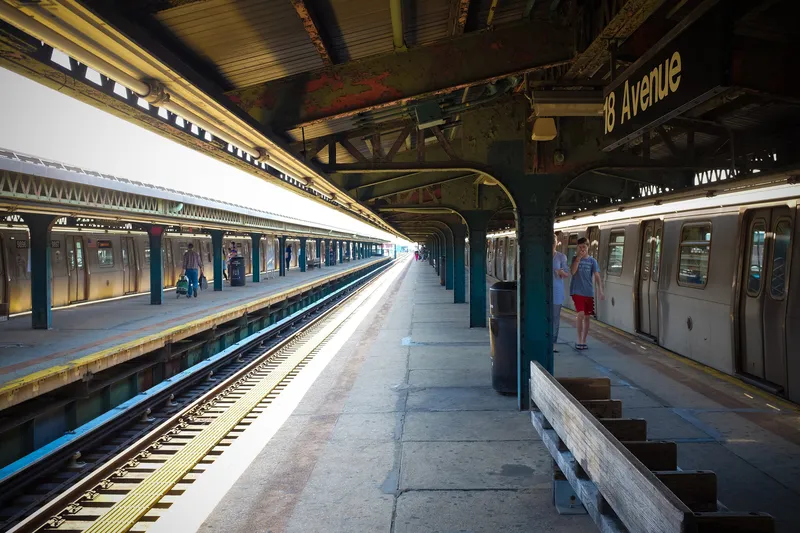US Transportation Secretary Anthony Foxx has announced that applications to the US Department of Transportation (DOT) for its seventh round of Transportation Investment Generating Economic Recovery (TIGER) grants totalled US$9.8 billion, almost 20 times the US$500 million set aside for the program, demonstrating the continued need for transportation investment nationwide.
Among the 625 applications for grants received this year, 60 per cent are road projects, 18 per cent are transit projects, and eight p
August 3, 2015
Read time: 2 mins
US Transportation Secretary Anthony Foxx has announced that applications to the 324 US Department of Transportation (DOT) for its seventh round of Transportation Investment Generating Economic Recovery (TIGER) grants totalled US$9.8 billion, almost 20 times the US$500 million set aside for the program, demonstrating the continued need for transportation investment nationwide.
Among the 625 applications for grants received this year, 60 per cent are road projects, 18 per cent are transit projects, and eight per cent are rail projects; with port and bicycle-pedestrian applications each representing six per cent of the total. The Department received 625 eligible construction applications from all 50 states and U.S. territories. There were 565 such applications in 2014.
“The consistent number of high quality projects we’re unable to fund through TIGER every year demonstrates the need for Congress to act to give more communities access to this vital lifeline,” Foxx said. “That is why we proposed doubling TIGER in the Grow America Act.”
The highly competitive TIGER program, which began as a part of the American Recovery and Reinvestment Act, offers federal funding possibilities for large, transformative multi-modal projects. These federal funds leverage money from private sector partners, state and local governments, metropolitan planning organizations and transit agencies.
Since 2009, the TIGER grant program has provided a combined US$4.1 billion to 342 projects in all 50 states, the District of Columbia and Puerto Rico. Demand has been overwhelming; during the previous six rounds, the Department received more than 6,000 applications requesting more than US$124 billion for transportation projects across the country.
Among the 625 applications for grants received this year, 60 per cent are road projects, 18 per cent are transit projects, and eight per cent are rail projects; with port and bicycle-pedestrian applications each representing six per cent of the total. The Department received 625 eligible construction applications from all 50 states and U.S. territories. There were 565 such applications in 2014.
“The consistent number of high quality projects we’re unable to fund through TIGER every year demonstrates the need for Congress to act to give more communities access to this vital lifeline,” Foxx said. “That is why we proposed doubling TIGER in the Grow America Act.”
The highly competitive TIGER program, which began as a part of the American Recovery and Reinvestment Act, offers federal funding possibilities for large, transformative multi-modal projects. These federal funds leverage money from private sector partners, state and local governments, metropolitan planning organizations and transit agencies.
Since 2009, the TIGER grant program has provided a combined US$4.1 billion to 342 projects in all 50 states, the District of Columbia and Puerto Rico. Demand has been overwhelming; during the previous six rounds, the Department received more than 6,000 applications requesting more than US$124 billion for transportation projects across the country.









